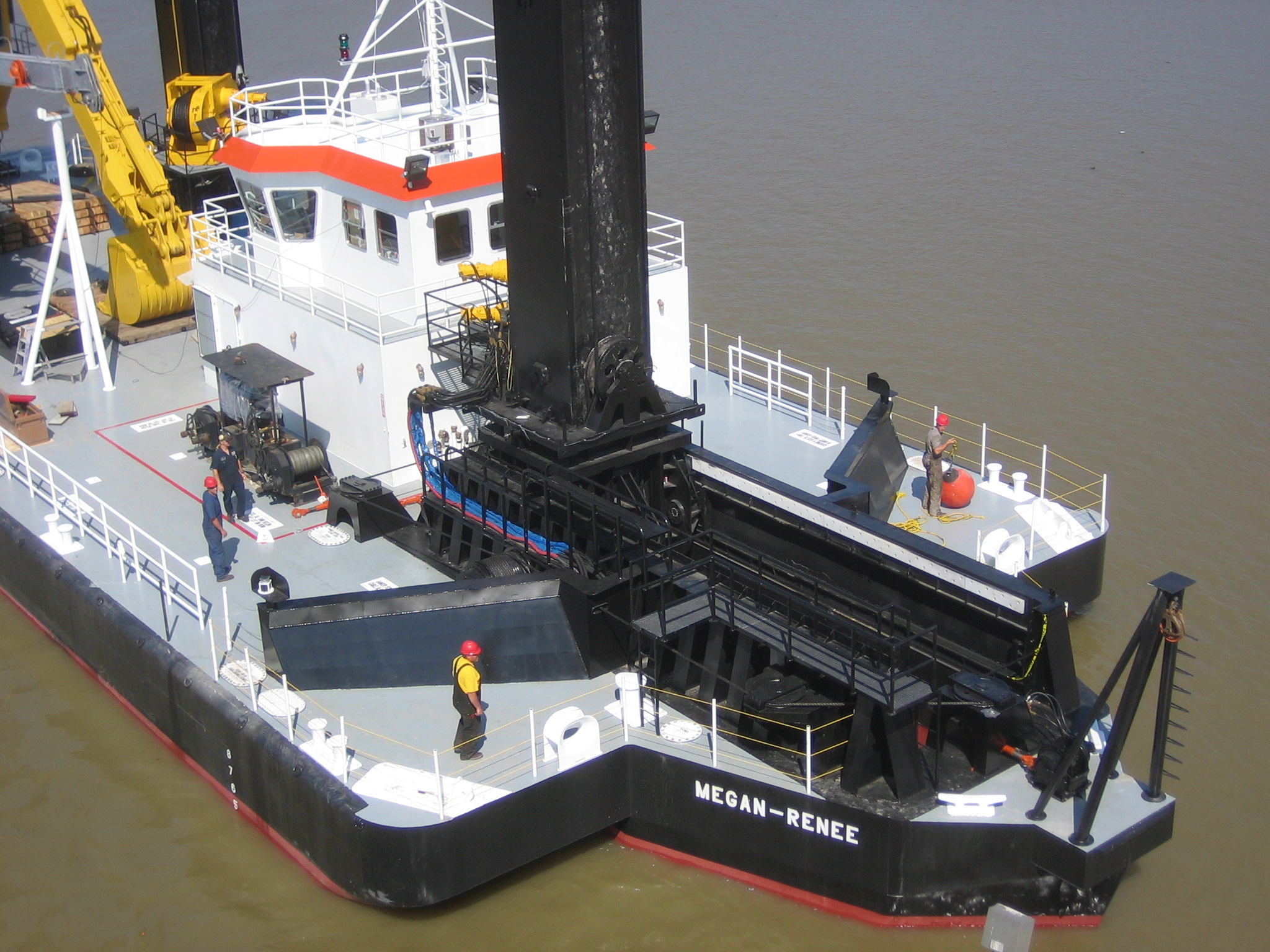
By far the hardest part of playing Manaless Dredge is figuring our which opening hands you can keep.(I was worried we wouldn't win a match.) The deck can actually be pretty powerful when it gets a good starting hand, although it is also wildly inconsistent and easy to hate out. Record-wise, we ended up going 2-3 with Manaless Dredge, which is actually a lot better than I had expected.

(Playing more copies of Golgari Thug, Sword of the Meek, and Salvage Titan likely improves the deck even if Once Upon a Time were still legal in the format-in our experience, Once Upon a Time was the ultimate trap card, making us think we could keep a hand without a dredger and then almost never hitting a dredger.)

The good news is that Once Upon a Time isn't actually very good or necessary in the deck. Yes, the build of Manaless Dredge we played for our videos had Once Upon a Time.For example, Goyfs creature sizes are based on cards in graveyards, and we have a few cards that care about “whenever” a card goes into or leaves a graveyard.Īnd it certainly helps to have a commander that fits with our plan. And then we look for cards that constantly care about what is in graveyards.For example, if we can find a ramp or draw card that also mills then it is a natural fit. First, by looking for cards that achieve this in slots we already plan for.Generally the goal of the deck is to get lots of cards in your graveyard, and to take as much advantage of those cards being in the graveyard as possible. Even these days, Old Rutstein continues to prove the point that one man’s trash is another’s treasure. Over many years, Rutstein continued returning to my farm and showing me the value of many things I thought were only garbage. He asked if he could take my discarded things, going on to describe the great value he saw in it.

Upon inspection, I met a strange young man by the name of Rutstein. Late one night I heard a rustling outside near my compost heap.


 0 kommentar(er)
0 kommentar(er)
